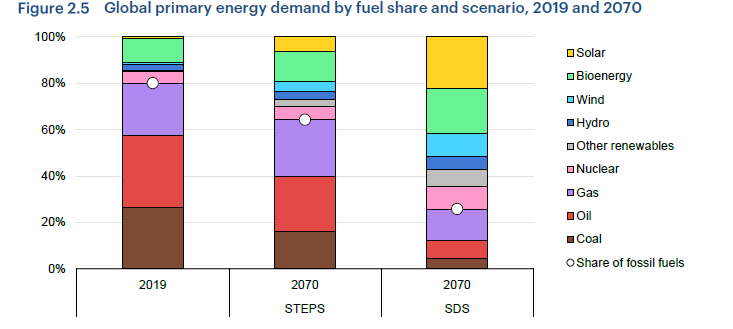Hydrogen, CCS to Key to Emissions Cuts: IEA
Carbon capture and use (CCUS), bioenergy and hydrogen will play key roles in bringing the global energy system to net zero emissions by 2070, according to the 2020 edition of the Energy Technology Perspectives (ETP) reported released September 10 by the International Energy Agency (IEA).
The IEA describes the ETP as “a global guidebook on clean energy technologies”. Although it is based on the same assumptions as its flagship annual publication, World Energy Outlook (WEO), it focuses specifically on the technologies that are needed to achieve the WEO’s Sustainable Development Scenario. It provides an overview of which technologies are most likely to contribute to decarbonisation of the energy system and to what extent.
Although “spreading the use of electricity into more parts of the economy is the single largest contributor” to reducing greenhouse gas emissions, the IEA notes that electricity alone “cannot decarbonise entire economies”. The report finds that natural gas will continue to play a significant role in the global energy mix, although in combination with CCUS.
Under the net-zero emission scenario presented in the report, demand for natural gas will decline by just 8% in 2040, when it will be the biggest single energy source, providing 22% of total energy demand. However, by 2050 demand for natural gas will have declined 38% compared to 2019 with a share of just 13.4%. In 2070, natural gas will be primarily used as a feedstock in the chemicals industry, as a fuel in power generation to provide electricity-system flexibility, mostly equipped with CCS, and as a fuel and feedstock in hydrogen production, again mostly equipped with carbon capture.

STEPS = Stated Policies Scenario (based on current climate policies), SDS = Sustainable Development Scenario (based on net zero emission target). Source: IEA, Energy Technology Perspectives 2020
Interestingly, the ETP has very high expectations of bioenergy, which is to become the second largest energy source after solar power by 2070 (see figure). Note that solar and wind today together provide only 1.65% of total energy demand, in roughly equal shares. This will have to grow to 33% by 2070, with solar providing over twice as much energy as wind.
Hydrogen demand is expected to grow from 75 megatons (Mt) in 2019 to 520 Mt in 2070, by which time it would account for 13% of all final energy needs. Although this represents strong growth, it does not equate to a “hydrogen economy” that some analysts believe the world is headed for. By 2050, around half of the hydrogen will be “blue” (based on natural gas in combination with CCS) and the other half “green” (based on renewable energy and made through electrolysis).
Some 15% of the CO2 reductions in the power sector will come from carbon capture. In industry this will be 20%. From 2030 to 2050, the focus of carbon capture in power generation “gradually shifts to natural gas, supporting the integration of renewables,” notes the ETP, “while natural gas with CCS is also used to cover the growing demand for hydrogen.”



